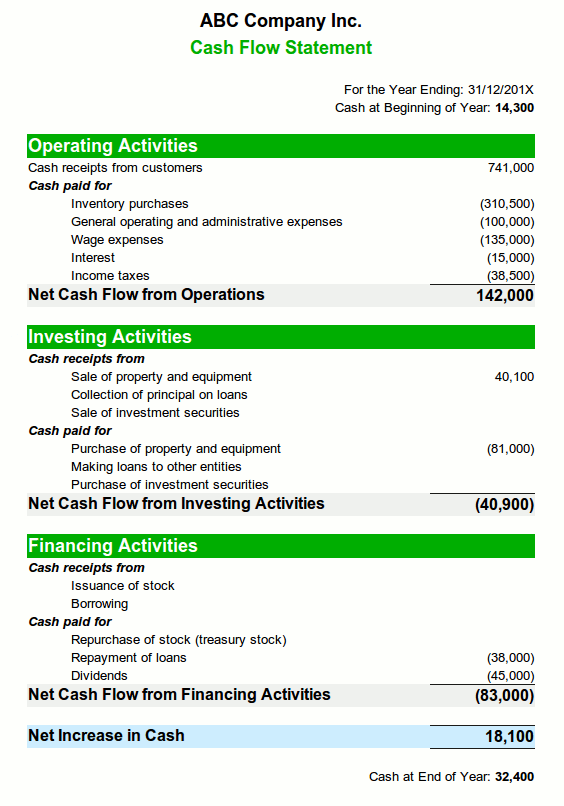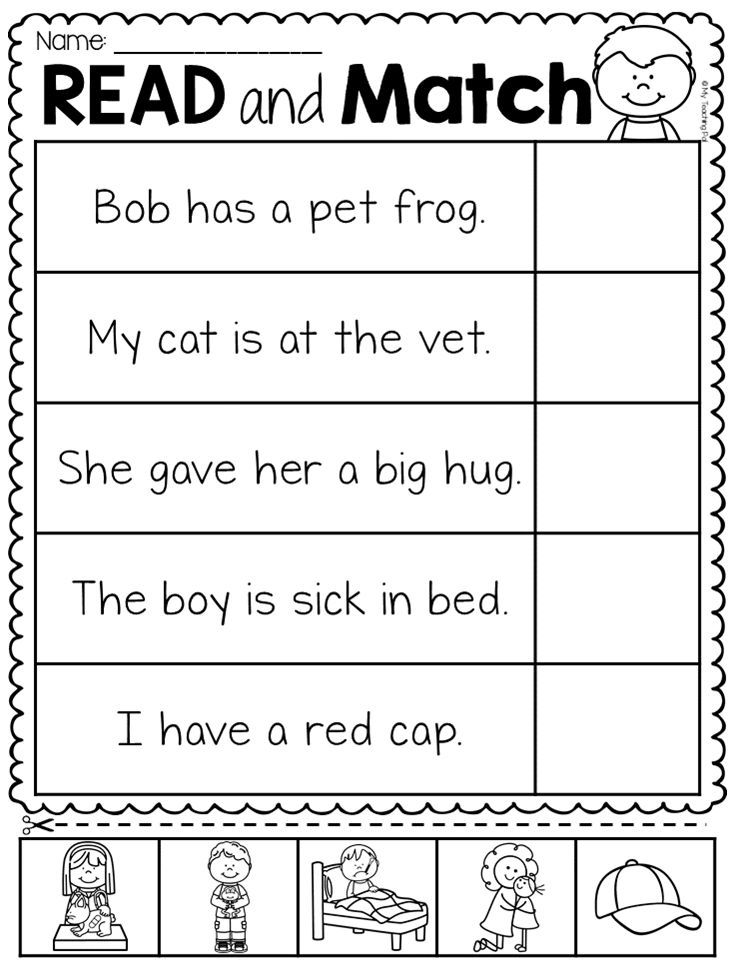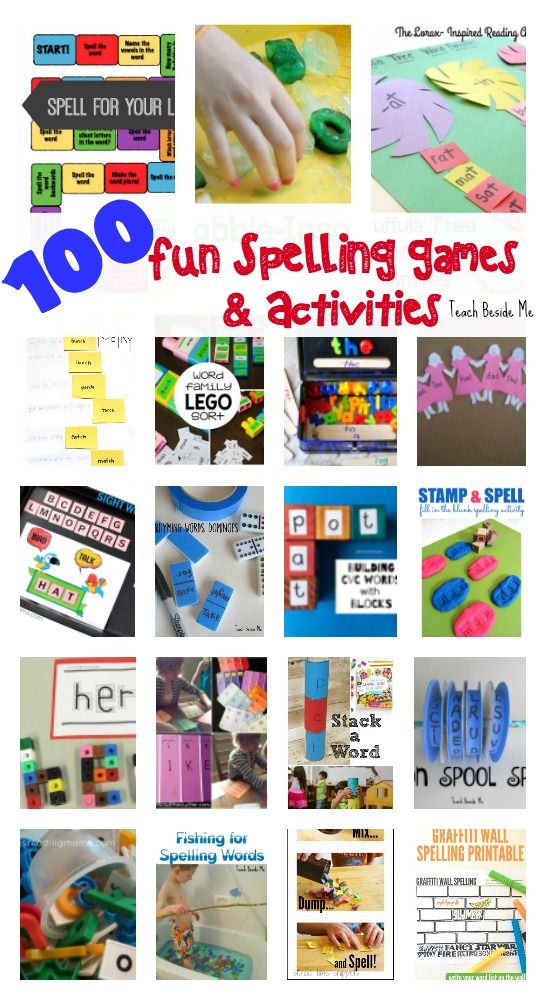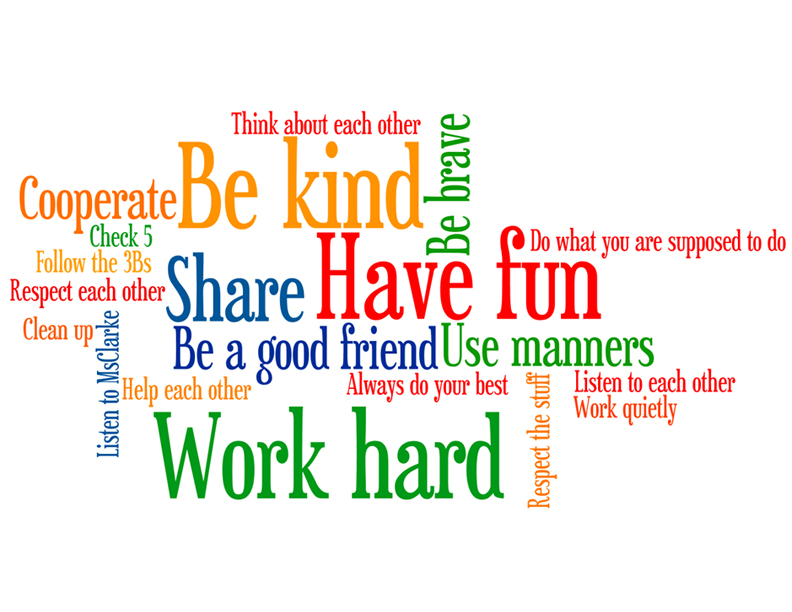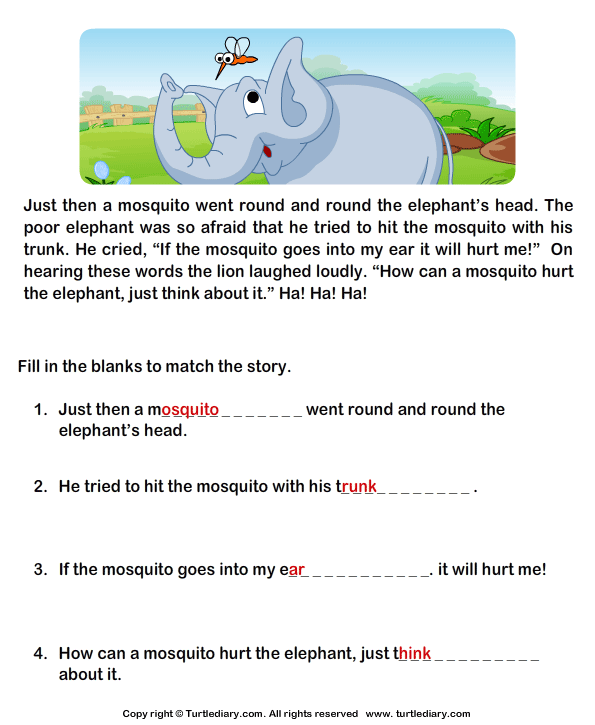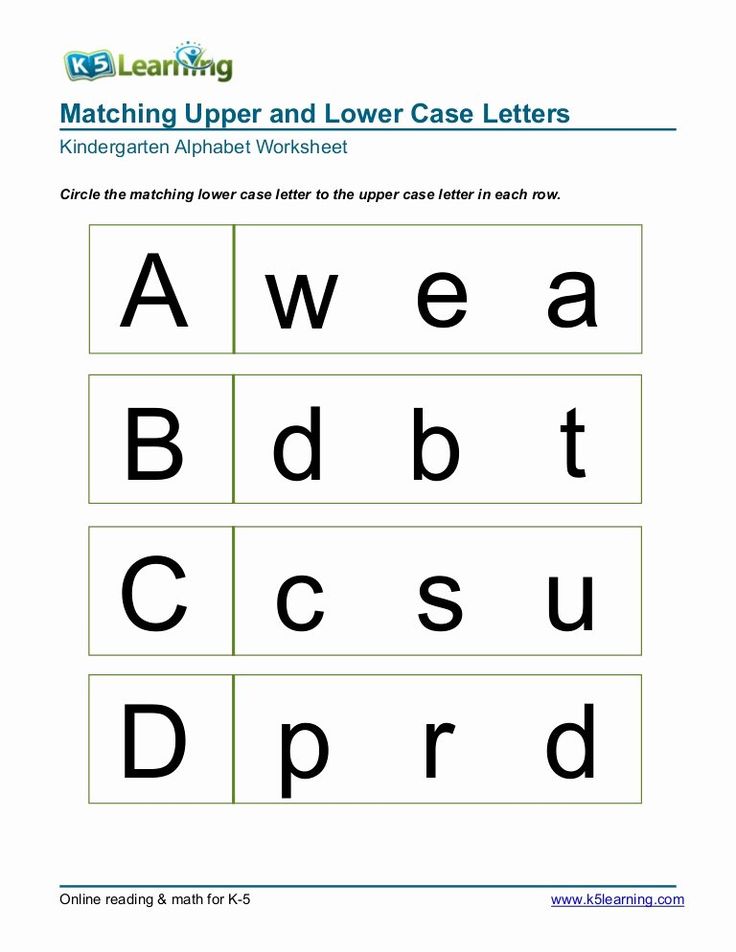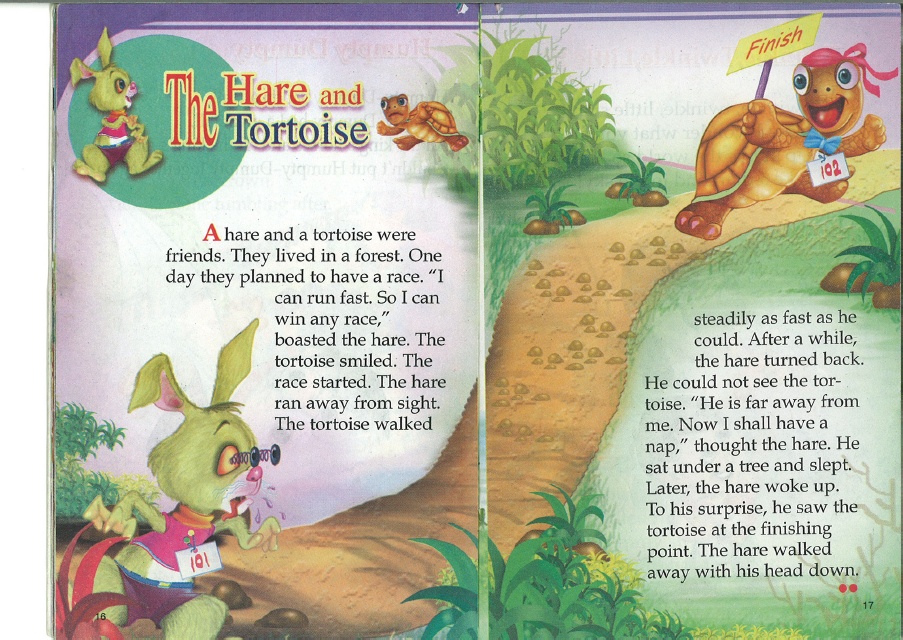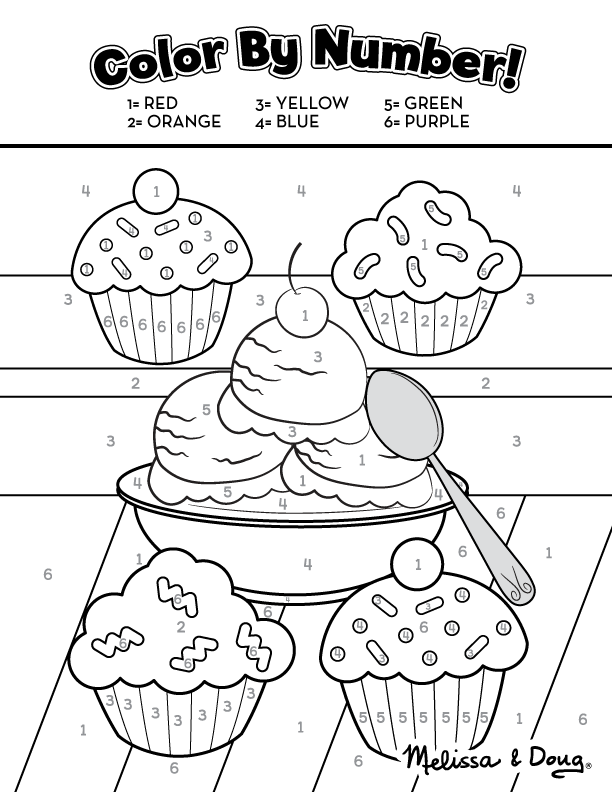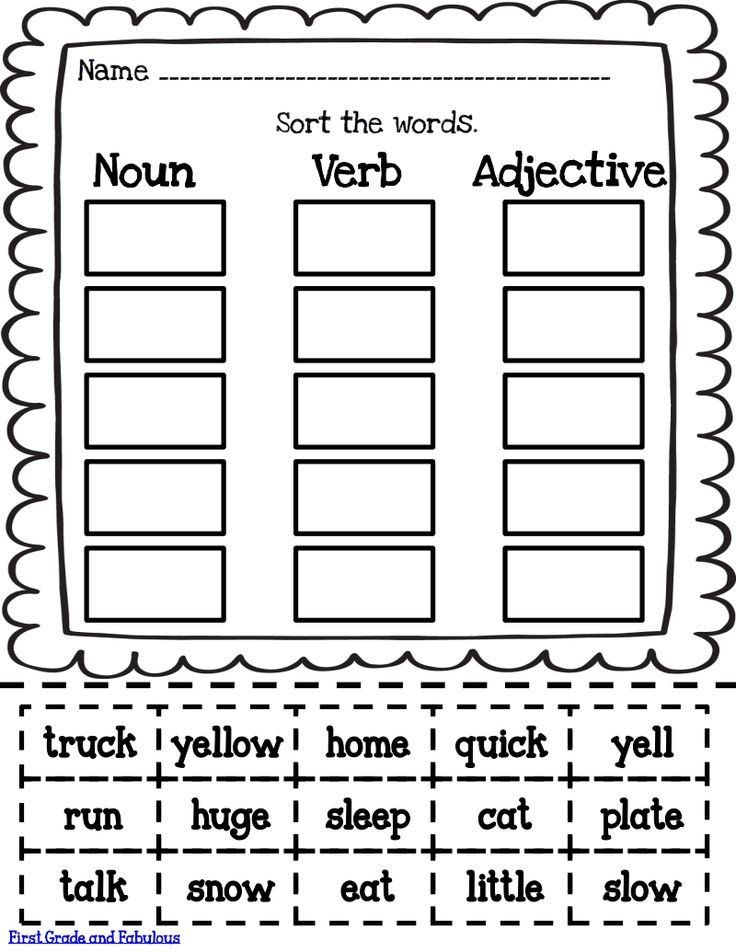Reading grade levels of books
How to Determine the Reading Level of a Book
This content contains affiliate links. When you buy through these links, we may earn an affiliate commission.
Fountas and Pinnell, Lexile Level, Primer, Pre-primer, Beginning Reader are all terms you may have heard if you have a young reader in your house. Seriously, what does it all mean? Is there actually a way how to determine the reading level of a book? If your child can read The Cat in Hat, which is a level J in Guided Reading, can she independently tackle Diary of a Worm, which has a Lexile Level of 510L or is she ready for Keena Ford and the Second Grade Mix-Up, even though that one has a DRA of 30?
Through this post, I am going to attempt to elucidate and explain reading levels. So scroll through to find the system that your child’s teacher uses or pour yourself a large cup of coffee and sift through all of the various ways educators, librarians, and book publishers level and categorize books for young readers.
Reading Levels Are Like Starbucks Sizes
I admit, I don’t visit Starbucks unless I have a gift card. I am also that person who goes to Starbucks and still tries to order a large iced tea. The barista calmly asks if I would like a venti or a trenta and then explains that I need to choose between Passion Tango, Matcha Green, or Guava White Tea. Then comes the question of sweetened, unsweetened, or added lemonade.
For the young reader, finding a book that can be read independently can be as tricky as remembering all of the variables in a Starbucks order. Little readers who are not familiar with reading levels or taught to find a “good fit book” often go for books that are too easy and boring, too difficult and frustrating, or, like my kindergarten son, books that have too many unreadable Star Wars planet names like Kashyyyk. If a child knows her reading level, she can find books that contain sight words she knows, plot lines that are not too advanced, and vocabulary that is manageable.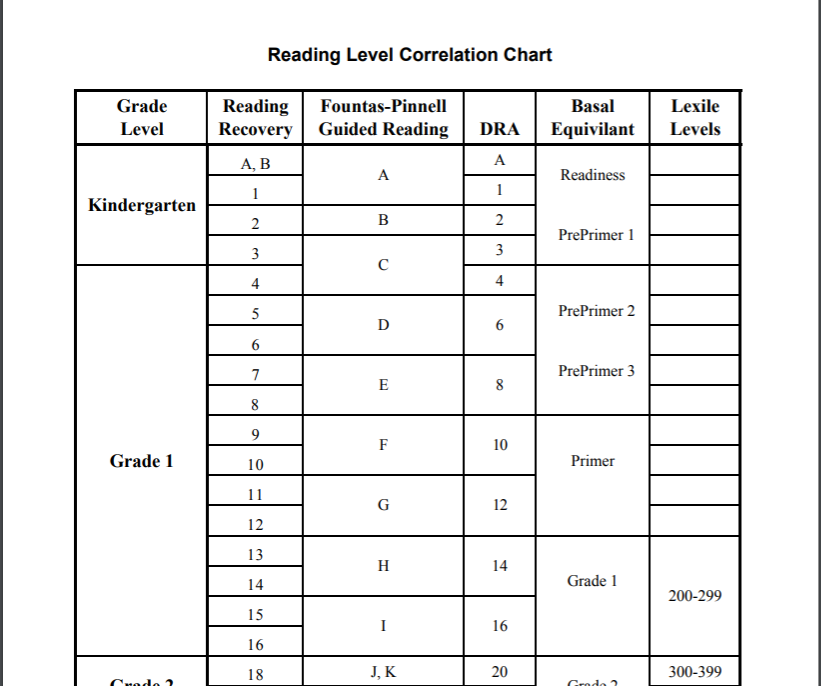
Explain the Levels, Please
There are many different ways that books are leveled. Here are the three most popular methods for how to determine the reading level of a book.
Developmental
Children become readers by moving through different developmental reading stages. These stages range from the emergent pre-reader to the expert fluent reader. Typically, the emergent pre-reader is between six months and six years of age, while the expert fluent reader is 16 years and older. The developmental categories are broader categories than many of the other leveling systems.
Letter Levels
When I taught first and second grade, I found letter levels to be the most kid friendly way to organize a classroom library. If your child’s school levels books using Fountas and Pinnell, Reading A-Z, Scholastic Books, or Guided Reading Levels, then books will be leveled using a letter system. While it would be nice, these leveling systems do not always correlate. A book that is a Reading A-Z Level P, is not always a Level P using the Guided Reading Levels.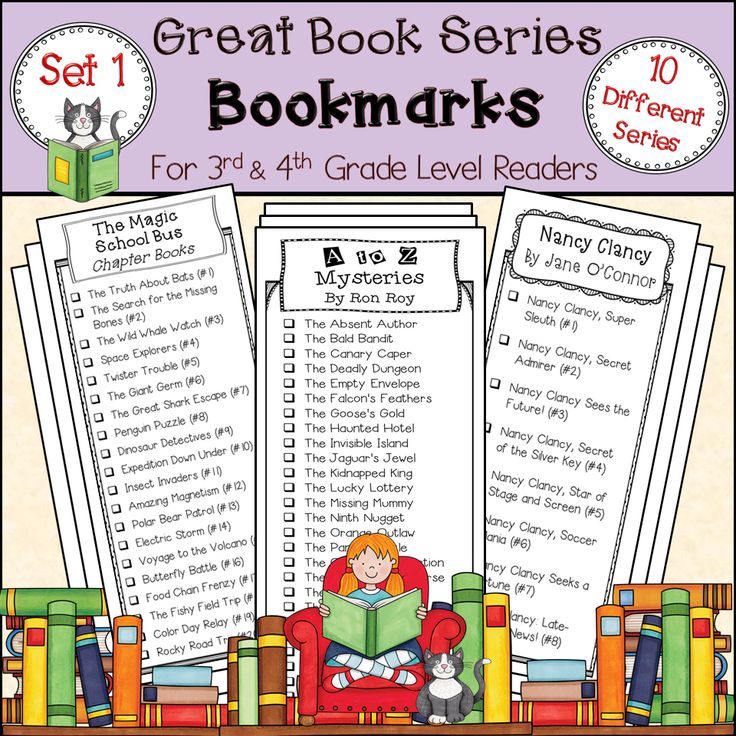
Number Levels
Books can be leveled through such systems as Lexile Numbers, The Direct Reading Assessment (DRA), and Reading Recovery. These systems measure texts by complexity and a reader’s skill level and then assign a number.
I Have My Child’s Reading Level, Now What?
Throughout the school year, your child’s teacher will probably perform reading inventories or assessments with your child. These will determine your child’s reading level.
If you homeschool or your child’s school does not use leveled reading, then use a simple test called the “five finger test” to roughly determine your child’s reading level. Have your child choose a book and open to the second page. Ask your little one to read the text out loud. If your child struggles with independently reading five or more words on that page, the book is too difficult and is not a good fit. You should also ask some comprehension questions to make sure that your young reader understands what she is reading.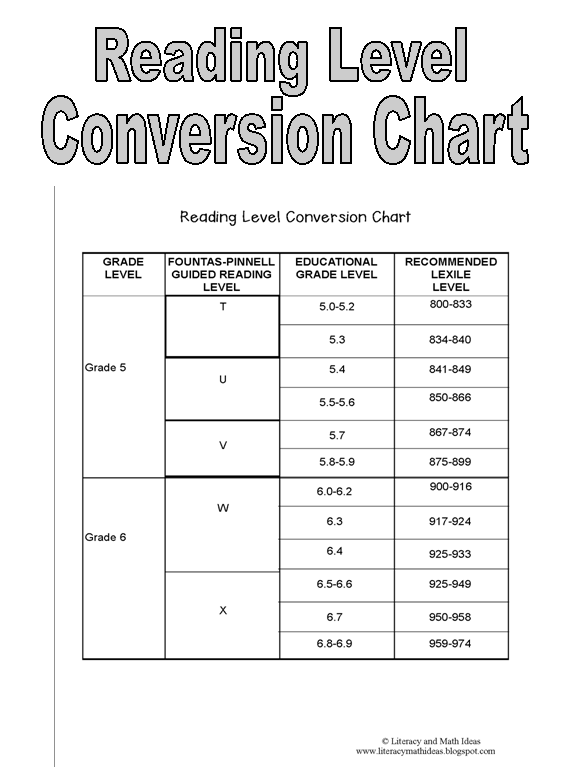 When a book passes the five finger test, use one of the links below to determine that book’s reading level.
When a book passes the five finger test, use one of the links below to determine that book’s reading level.
Once you have the reading level, take a look at these five helpful websites, apps, and charts that will help you and your child find or level the perfect book:
- Book Wizard : Type in the title of a book to retrieve the Guided Reading Level and grade level.
- Lexile Find-a-Book :Visit this site to find the Lexile Number for a specific book or to generate a list of books with a particular Lexile Number.
- Reading A-Z Level Correlation Chart : This is the best conversion chart out there for reading levels.
- Reading Levels Explained : Check out this very clean and user friendly site if you are still feeling overwhelmed by all of the reading level systems.
- Literacy Leveler app : Download this app and then use it to scan a book’s ISBN to see its Lexile, DRA, and GRL.
Levels Should be Helpful, Not Stressful
Reading levels should not feel restrictive.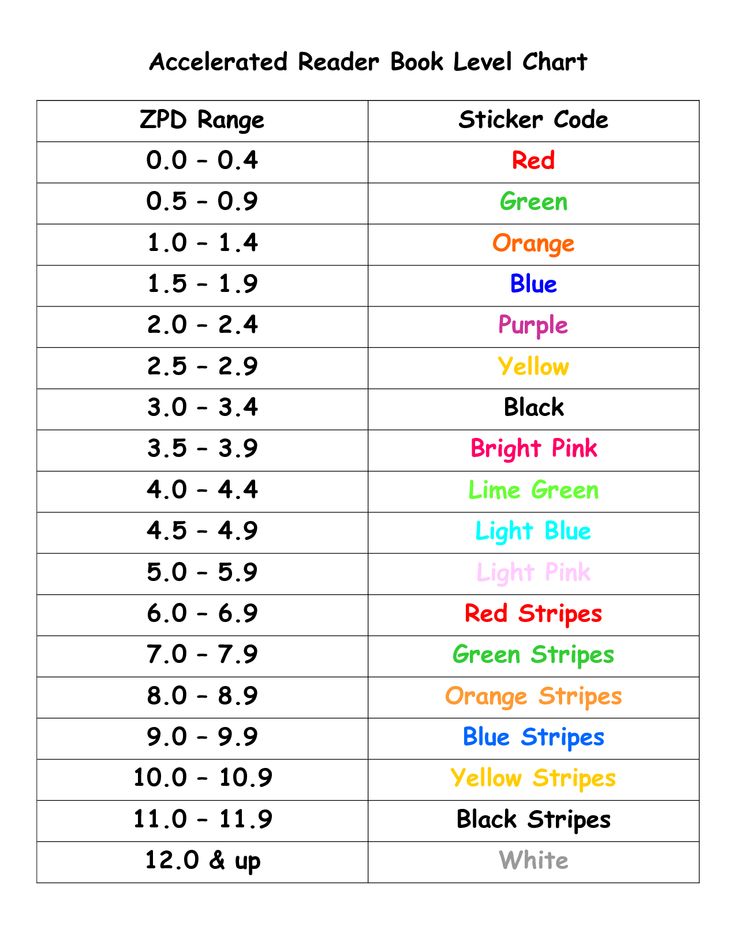 They should be used as helpful tools and not as a draconian system that kills the love of reading. Encourage your child to read books on her level, but don’t be upset if she chooses to reread an old favorite or picks up a nonfiction book that has some advanced vocabulary. Imagine how horrible it would be if adults had to always adhere to a reading level. I am well aware of the fact that some of my beach reads are probably a fourth grade reading level, with a Guided Reading Level of Q, 820L, and DRA of 40. I may not always be challenged as a reader, but it is still fun to sip my trenta Passion Tango unsweetened iced tea and enjoy a book simply for the fun of reading.
They should be used as helpful tools and not as a draconian system that kills the love of reading. Encourage your child to read books on her level, but don’t be upset if she chooses to reread an old favorite or picks up a nonfiction book that has some advanced vocabulary. Imagine how horrible it would be if adults had to always adhere to a reading level. I am well aware of the fact that some of my beach reads are probably a fourth grade reading level, with a Guided Reading Level of Q, 820L, and DRA of 40. I may not always be challenged as a reader, but it is still fun to sip my trenta Passion Tango unsweetened iced tea and enjoy a book simply for the fun of reading.
Need some books to practice leveling? Help yourself to 50 Must-Read Books for Beginning Readers, 20 Must-Read Books for First Graders and Second Graders, The Best Chapter Books for Kids: Engaging with Words, and 70 Must-Read Books for 3rd Graders.
Reading Level Conversion Chart, Leveled Books
Use the Interactive Reading Level Conversion Chart below to browse books.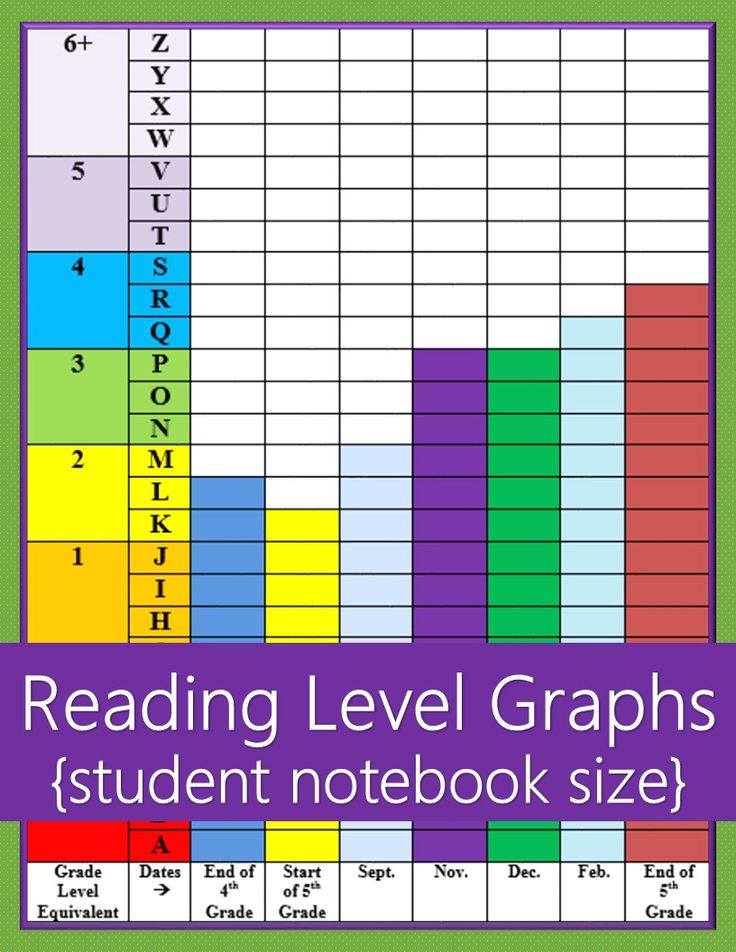 Click on the category or level for an initial list, and then refine your list by selecting other criteria.
Click on the category or level for an initial list, and then refine your list by selecting other criteria.
| Extensive Support for Developing Readers
CONVERSION GUIDE |
|||||
| Developmental Category | Letter Level | Number Level | Grade Level | Lexile® Level Range | |
| Emergent | AA | 1 | PreK-K | BR40L*-230L | |
| A | 1 | K | |||
| B | 2 | ||||
| C | 3,4 | ||||
| Emergent/
Early |
D | 5,6 | |||
| E | 7,8 | 1 | 190L-530L | ||
| Early | F | 9,10 | |||
| G | 11,12 | ||||
| H | 13,14 | ||||
| I | 15,16 | ||||
| Early/
Fluent |
J | 17,18 | |||
| K | 19,20 | 2 | 420L-650L | ||
| L | 24 | ||||
| M | 28 | ||||
| Fluent | N | 30 | 3 | 520L-820L | |
| O | 34 | ||||
| P | 38,40 | ||||
| Q | 40 | 4 | 740L-940L | ||
| R | 40 | ||||
| S | 40,50 | ||||
| T | 40,50 | 5 | 830L-1010L | ||
| U | 50 | ||||
| V | 50,60 | ||||
| Advanced
Fluent |
W | 50,60 | 6 | 925L-1070L | |
| X | 70 | ||||
| Y | 70,80 | ||||
| Z | 80 | 7-8 | 970L-1185L | ||
| MATCHING ELL TEXTS TO STUDENT LANGUAGE-ACQUISITION LEVELS | |||||
| ELL TEXT LEVEL | GRADE 3 STUDENTS | GRADE 4 STUDENTS | GRADE 5 STUDENTS | GRADES 6-8 STUDENTS | GRADES 9-12 STUDENTS |
| 1 | TESOL*1 • WIDA**1 | ||||
| 2 | TESOL 2 • WIDA 2 | TESOL 1 • WIDA 1 | |||
| 3 | TESOL 3 • WIDA 3 | TESOL 2 • WIDA 2 | |||
| 4 | TESOL 4 • WIDA 4-5 | TESOL 3 • WIDA 3 | TESOL 2 • WIDA 2 | ||
| Literacy Leveled Texts | TESOL 5 • WIDA 6 | TESOL 4-5 • WIDA 4-6 | TESOL 3-5 • WIDA 3-6 | ||
|
*TESOL (Teachers of English to Speakers of Other Languages) |
|
**WIDA (World-Class Instructional Design and Assessment) |
At Benchmark Education Company, we recognize that any gradient is fallible because a book’s level of difficulty will vary among districts and schools, and from student to student.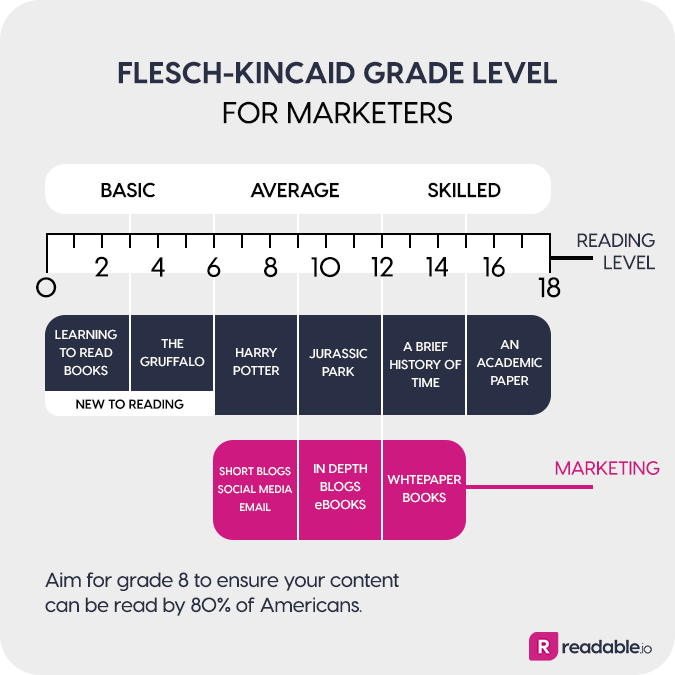 We recommend that teachers make careful decisions in selecting leveled texts for students and consider the student’s current literacy behaviors and his/her prior knowledge of the content being presented.
We recommend that teachers make careful decisions in selecting leveled texts for students and consider the student’s current literacy behaviors and his/her prior knowledge of the content being presented.
If prior knowledge of the topic is a limitation, the designated reading level of the text may need to be altered. We encourage teachers to confer with one another as they establish a schoolwide book room and develop a sensitivity to appropriate text levels for their school population.
Please note that the grade levels assigned to letter and number levels on this chart reflect ideal expectations only. Students’ actual reading levels may vary more widely.
Read speed test. Online simulator for developing reading speed and awareness skills in 2021!
Reading speed is an important indicator not only for schoolchildren, who regularly check it. It is very important for an adult in the modern world to be able to navigate in huge flows of information. A reading speed test will help you determine your current level and see if you need to work on improving this skill or if you are reading fluently enough.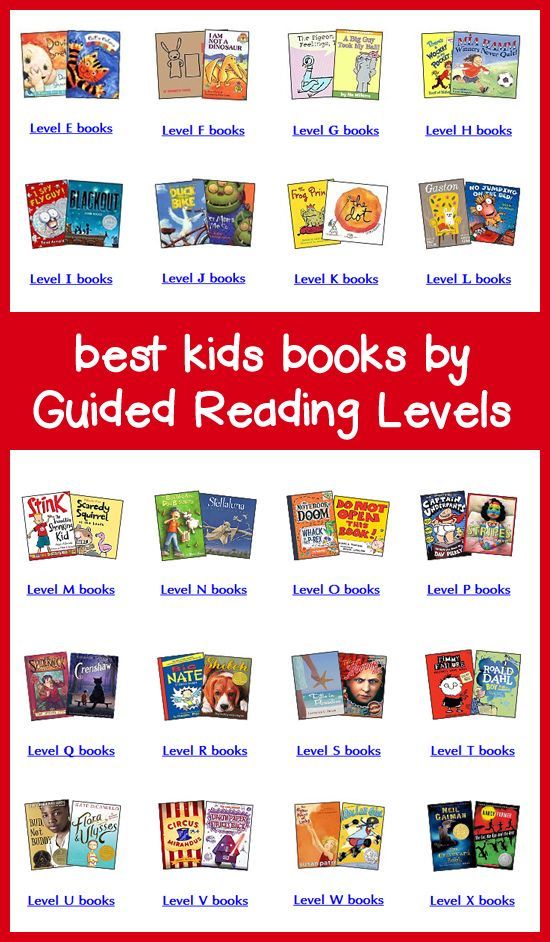
Content
1. How to check reading speed?
2. How can I check my reading speed myself?
3. How to test a child's reading speed?
4. What reading speed is considered normal for adults and children?
5. How to choose the right text to test reading speed?
6. The book "All you wanted to know about speed reading, but were afraid to ask"
How to check reading speed?
The easiest way is to take a stopwatch (you can use the application on your phone), a text to check your reading speed and read it at a normal pace for one minute. It is important that the text is non-technical, does not contain highly specialized terms and concepts, and is not familiar to the reader. The text should not be too primitive. The testee must see the text for the first time so that the results are not artificially inflated.
But what do you care about speed, if you don't understand with what awareness you absorb the text? :)
A much better way to find out your reading speed is to take a free online test.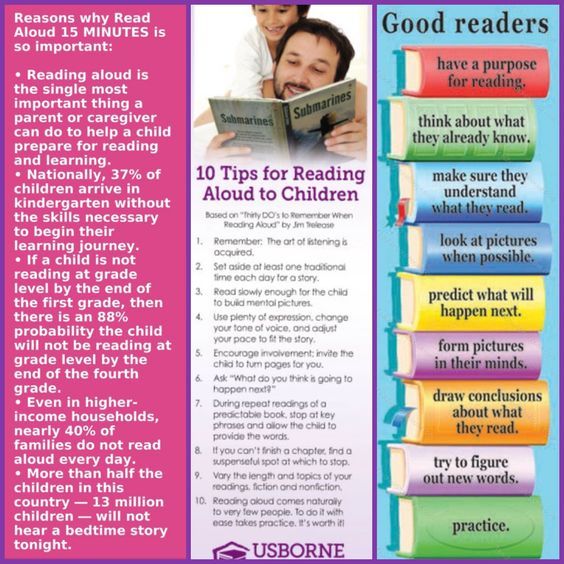 To do this, sit back, enter your name in the form above, press the button and you will immediately see the text that you need to read, slowly, trying to understand everything that is written.
To do this, sit back, enter your name in the form above, press the button and you will immediately see the text that you need to read, slowly, trying to understand everything that is written.
When the entire text is read - click on the button at the very bottom. The program will automatically determine the reading speed and prompt you to answer a few questions to understand the degree of assimilation of the material. As a result of testing, you will receive not only the result of your reading speed and awareness, but also recommendations for improving your reading technique in the format of the book "Everything you wanted to know about speed reading, but were afraid to ask." Enter a name. Click the button and find out your real reading speed. Have a good day.
How can I test my reading speed myself?
We have prepared for you a tool with which you can independently check the speed of reading. Our tool include a certain amount of text that you need to read as quickly as possible.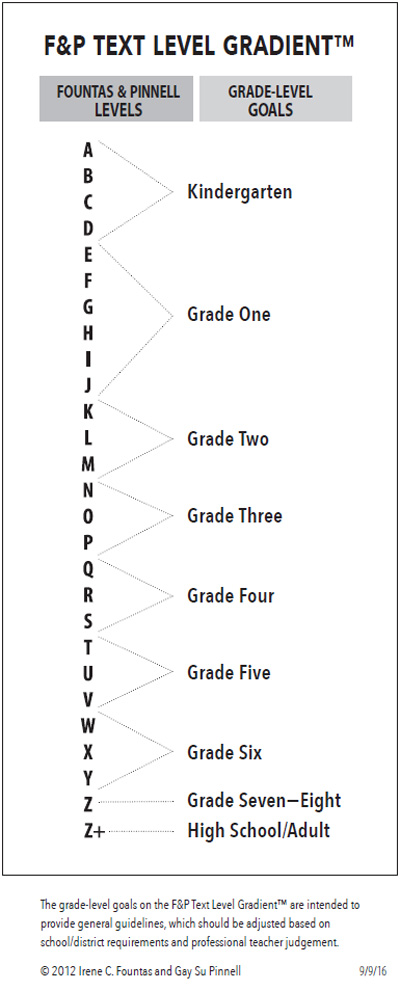 You will then have the opportunity to answer a series of questions about the text, allowing the program to determine your level of understanding. Based on the data received, a result and a certificate are issued. This certificate can be shared with your friends on social networks and challenge them to a battle to test the speed and awareness of reading :).
You will then have the opportunity to answer a series of questions about the text, allowing the program to determine your level of understanding. Based on the data received, a result and a certificate are issued. This certificate can be shared with your friends on social networks and challenge them to a battle to test the speed and awareness of reading :).
If you want to do it yourself, you can do it according to the following scenario. A text of medium complexity is taken, located on one sheet. You will need an assistant who will keep track of the time and will be able to test the level of your understanding of the information. Check algorithm:
Simultaneously with the start command and the start of the stopwatch, you begin to silently read the text.
When the text is finished, you say stop - time stops.
Then you need to answer a few questions regarding the content (reading speed implies a full reading comprehension).
The last step is to count the words in the text and determine the average number of words per minute (words in the text can be counted before reading).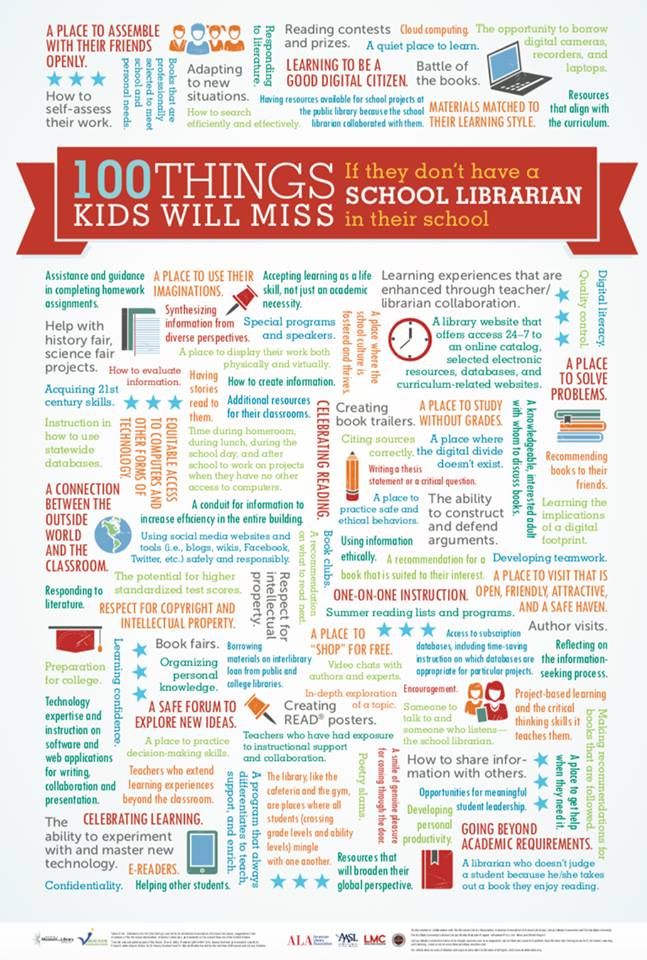
This is the certificate you can get based on the results of passing the test
How to check the reading speed of a child?
A child's reading speed can be tested in a similar way. The child should read aloud, at least in elementary school. Then you can switch to the usual way of checking for adults.
Schools often test reading skills by counting the number of words read per minute. This gives a small error, since words come in different sizes, but a similar verification method can also be used.
What reading speed is considered normal for adults and children?
The average reading speed for an adult is 200-230 words per minute. Below average, but an acceptable rate is 150-200 words per minute. Adults who read more than 230 words per minute are considered fast readers. For the speed reading technique, the optimal speed is 350-400 words per minute.
In children, the indicators are dynamic and change depending on age.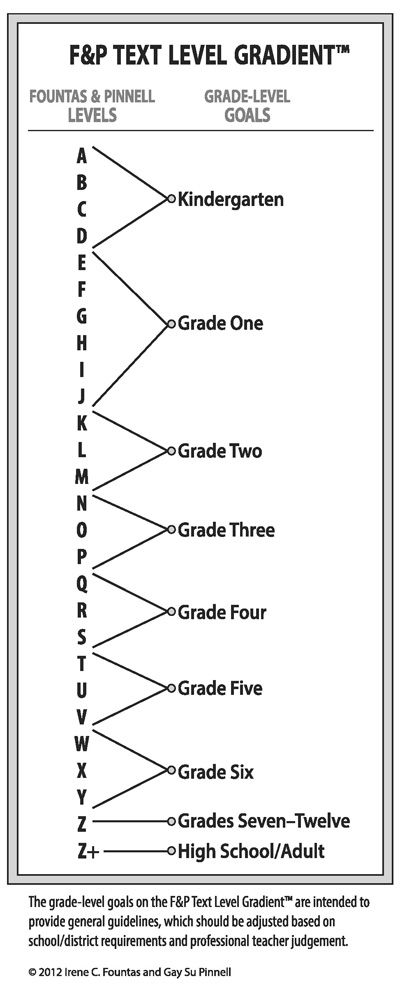 Approximate norms used in elementary school:
Approximate norms used in elementary school:
20-30 words per minute for first grade;
45-60 words per minute for second grade;
70-85 words per minute for third grade;
90-125 words per minute for fourth grade.
How to choose the right text to test reading speed?
The criteria for selecting text to test reading speed are identical for adults and children. The only difference is the volume and complexity of the information. The text must match the following parameters:
medium difficulty appropriate for age;
the absence of specific unfamiliar words or their minimum number;
no dialogs;
location on one page;
large, comfortable to read font;
lack of pictures and other distracting elements.
In our tool for testing reading speed and comprehension, we tried to take into account all these factors so that the resulting tool would be convenient for both adults and children. At the same time, he gave a fairly clear answer to the question about the real reading speed.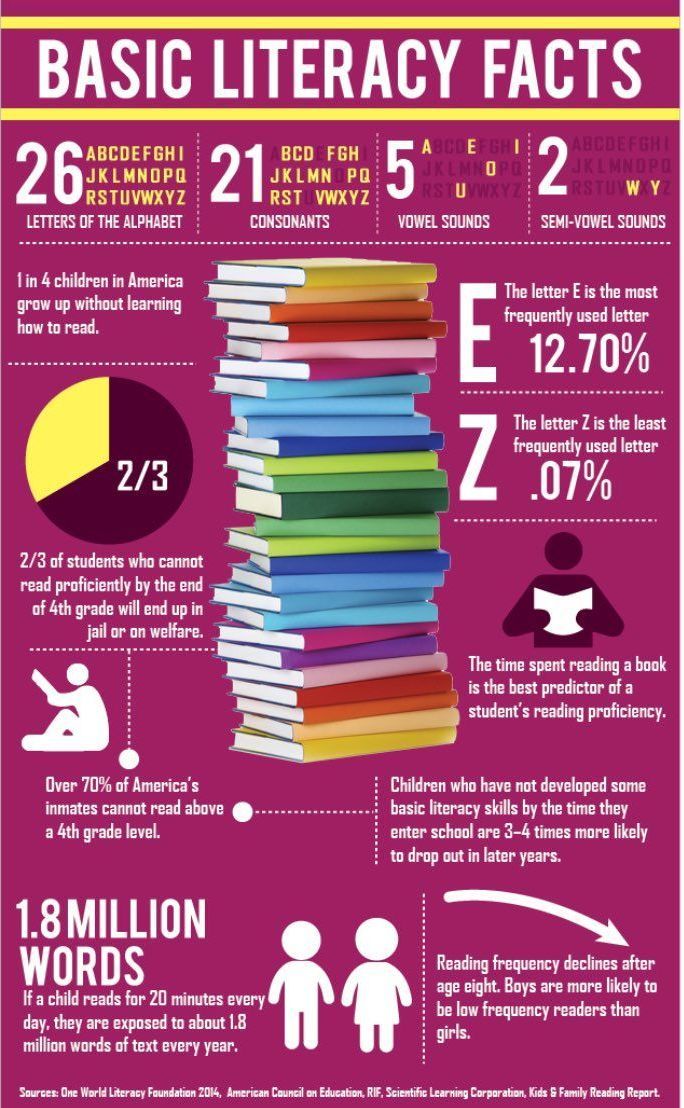
It should be remembered that reading speed is a variable parameter, which decreases if a person rarely sits down at a book, and increases with constant reading. There are many special techniques aimed at significantly increasing the speed of reading text information.
Everything you wanted to know about speed reading but were afraid to ask test. So don't waste a second,
go back to the very top of the page and go take the test!Reading speed test online is simple, convenient and fast
We have already written so much here about how to correctly measure your reading speed, achieve awareness and interpret the results, that every second of delay before you pass the online reading speed test and receive a personal certificate is just like death. Return to the very beginning of the page, enter your name in the field under the video and go to the enchanting world of unfamiliar texts and tricky questions :).
📖 Reading speed Q&A section
📕 What formula is used to calculate reading speed?
If it’s very short, then the formula for calculating the reading speed is as follows: V = (Q / T) x K.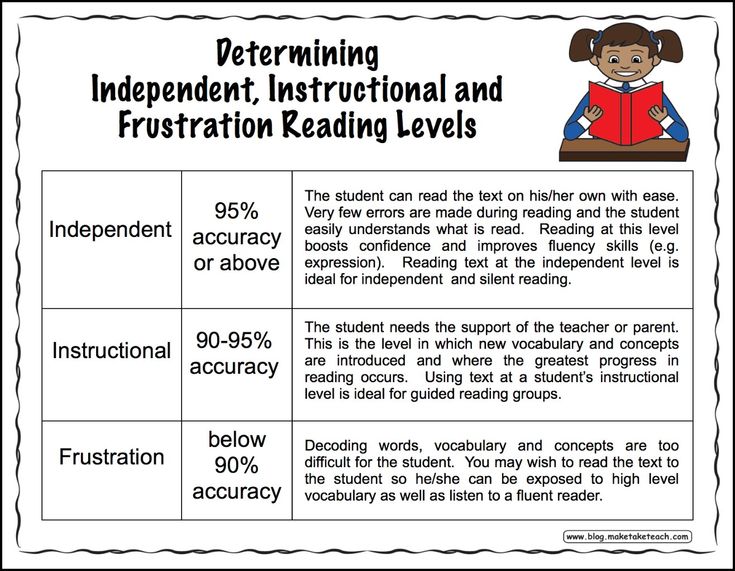 This formula allows you to get a real figure for reading speed with a correlation to the coefficient of meaningfulness. You can read more about the formula here in this article .
This formula allows you to get a real figure for reading speed with a correlation to the coefficient of meaningfulness. You can read more about the formula here in this article .
📗 What books do you recommend reading to develop speed reading?
We have compiled a list of the most useful books for the development of speed reading and posted it in a separate post on the blog. The list is constantly updated and gives an idea of the main books with which you can develop speed reading skills.
📘 What if I want to increase my reading speed?
You can start by learning the theory, or you can download our workbooks , which we have created especially for those who who wants to start learning speed reading. There are two of them: one notebook for adults, the second for children. Contains some theory and practical exercises designed for several weeks of regular classes.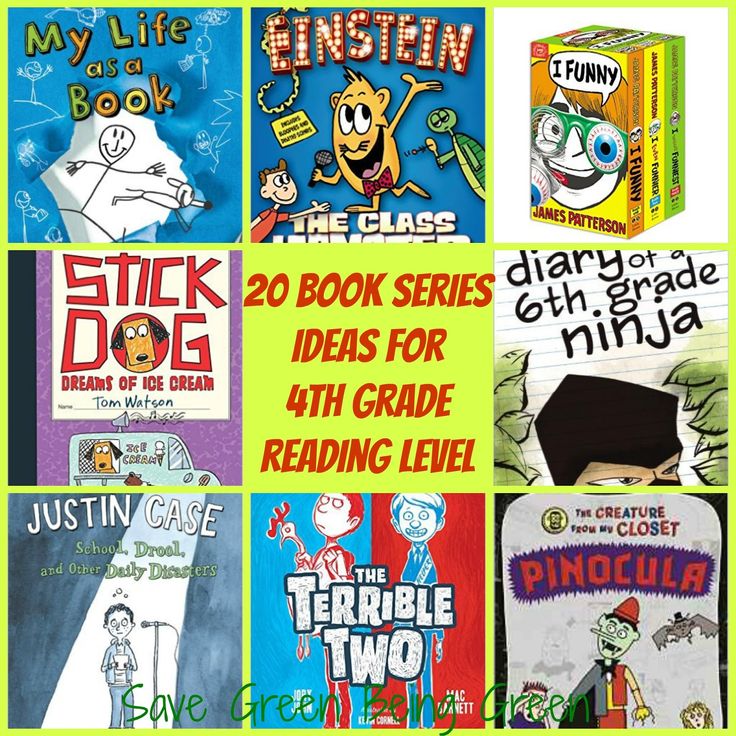
📙 How to check a child's reading speed?
The reading speed test, which is located on our website, is suitable for both adults, as well as for children. We specifically tried to choose mostly literary texts that will be easy to read. to understand the child. Just go to the reading speed test page from the link above, enter child's name and start reading. Then the program will do everything for you.
📔 I want to check my reading speed online for free. How to do it?
Easier nowhere. The tool, which is located at https://bukva.info/rapid/ , was created just for this. You just enter your name, read the text and answer the questions. The program monitors the speed of your reading and its meaningfulness. After answering the questions, you will receive a certificate with your result. The certificate can be shared with friends in social networks :).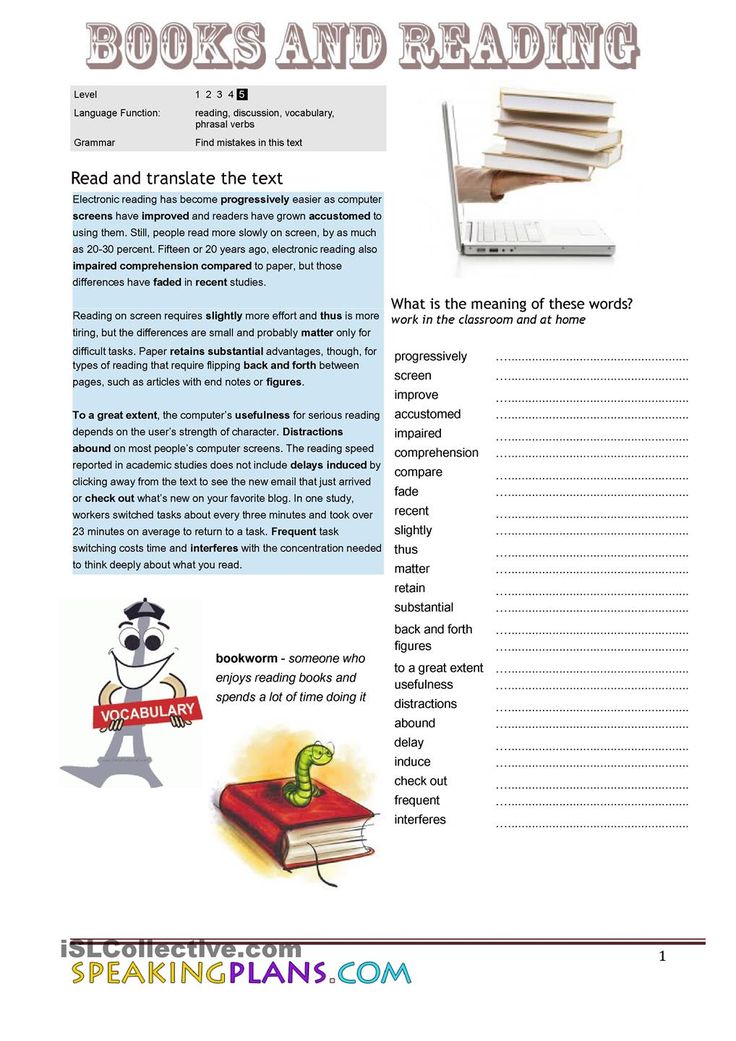
📓 What is the "Read Fast" project?
Read Fast is a project dedicated to the problem of fast and conscious reading. We believe that you can read 3-4 times faster. However, the quality of memory reading material will only increase. Let's try together :).
How much do you need to read and why is it important
<< LID>
¾
¾
Maria Spiridonova,
Neurobiologist, Defectologist, Candidate of Biological Sciences,
Head of the Center for Correction and Developing Technologies
🧠 Why reading is good for the brain
Forms neural connections
Neuroscientists have long identified several types of intelligence and even record the differences using an electroencephalogram: a person is put on sensors and offered to complete different types of tasks. The program shows which areas of the brain are primarily responsive to certain types of tasks.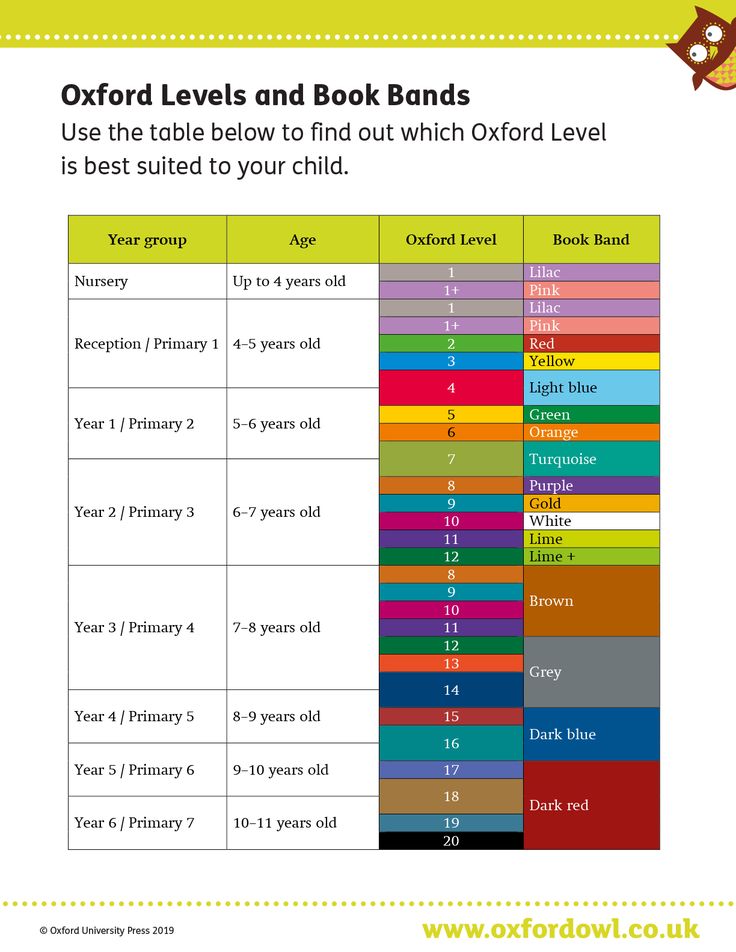 So according to the map of the brain, the leading types of intelligence of the subject are determined.
So according to the map of the brain, the leading types of intelligence of the subject are determined.
You may have difficulty understanding math but be very empathetic if you have developed emotional intelligence. In everyday life, a smart person is not someone who knows how to write an equation for a redox reaction, but someone who knows when to be silent, what to say to whom. There are no people with one type of intelligence, each type of intelligence is developed to some extent.
Reading and intelligence are not directly related, but if we consider the brain as a neurosystem, then the benefits of reading are noticeable. When I learn to dance salsa or weave baskets, new neural connections form in my brain.
The same happens when reading. Mastering something new gives an increase in the intellectual sphere at the cellular level, but reading for the sake of the amount of reading does not make sense.
It is best to comprehend, discuss what you read and try to apply it on your own experience - then the greatest number of connections will be formed in the brain.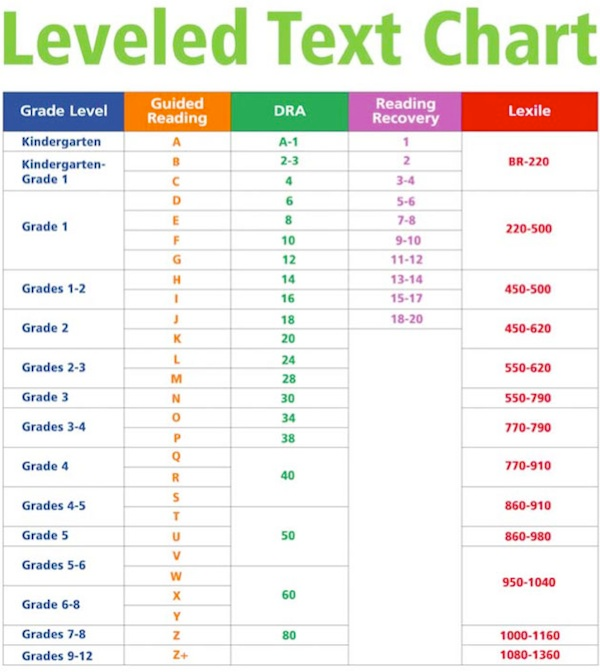
Some people find it difficult to read printed text. We diagnose scotopic sensitivity syndrome or dyslexia in them. If the process of reading is flour for you, you should listen to audio books, and when reading the text, choose short stories, not novels.
People who don't like to read still read, for example, social media posts. In the spectrum of my interests are funny short stories on the topic of the day and everything related to defectology and neurobiology, as well as articles about viruses. I read materials on the Internet and paper books. Moreover, if after a few pages the book did not hook, I will not read it.
Awakens and develops the imagination
University of Michigan literary scholar Natalie Phillips initiated an experiment using MRI. The subjects were asked to read an excerpt from a work of art in the chamber of a magnetic resonance imaging machine. It turned out that reading for pleasure stimulates different parts of the brain.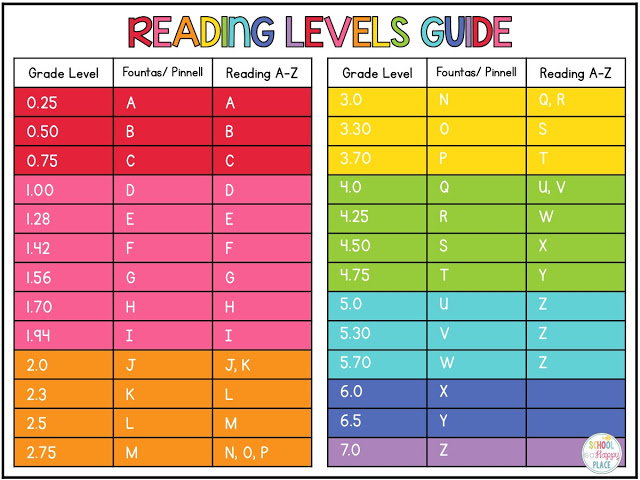 The subjects had increased blood supply to areas that are not used when watching videos or during computer games.
The subjects had increased blood supply to areas that are not used when watching videos or during computer games.
Stimulates brain activity
Psychophysiologists note that unexpected endings of phrases or non-existent words when reading increase the activity of various brain areas. Poems often abound with such examples: V. V. Mayakovsky’s “ hammered, sickle Soviet passport” or A. A. Akhmatova’s “Everything in Moscow is saturated with poems, rhymes pierced through and through.” That is why poetry has a stronger and more lasting effect than prose.
📚 How many books to read per year
Successful entrepreneurs: Elon Musk, Bill Gates, Warren Buffett read books and periodicals several hours a day - up to 100 books a year. A VTsIOM survey in 2019 showed that reading Russians “swallow” about 12 books a year, and if they don’t surf the Internet, twice as much – half a book a week.
📅 How much time you need to read per day
The average reading speed of an adult is about 50 pages per hour. A book of 250 pages can be mastered in a week if you devote a little less than an hour a day to this lesson. How much time to devote to reading, everyone decides for himself. If you devote an hour to books every day, you will approach the indicators of famous rich people.
A book of 250 pages can be mastered in a week if you devote a little less than an hour a day to this lesson. How much time to devote to reading, everyone decides for himself. If you devote an hour to books every day, you will approach the indicators of famous rich people.
IVAN KARPENKO,
Foxford lecturer, Ph.D. I knew people who practically didn’t read anything, didn’t watch or listen, nevertheless, in communication they could show themselves to be interesting interlocutors (but not in terms of talking about culture) and subtle psychologists - connoisseurs of human souls.
But there is one caveat. It is better not to discuss literature, cinema and music with such people - they demonstrate such strange tastes that further communication may become impossible. And this is not surprising - taste, the ability to understand something, for example, in art, develops precisely in the process of consuming this art.
And one more small point: if you yourself are very fond of something, for example, astrophysics and are eager to talk about it, then, of course, you will be more pleasant with the interlocutor with whom you can discuss it.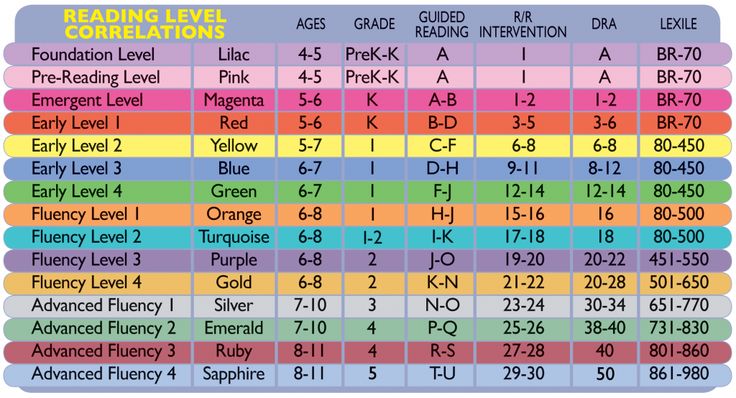
However, if you are an introvert, it doesn't matter if your interlocutor has read anything. Most likely, you will not gravitate towards communication anyway.
Reading and other cultural consumption, of course, develops, forms the intellect and taste, in this sense, yes, if we understand rationality as a body of knowledge. However, as Heraclitus said, “much knowledge does not teach the mind, otherwise it would have taught Hesiod and Pythagoras, as well as Xenophanes and Hecateus,” hinting that the best erudite of that time were fools.
In general, reading provides a basis and an incentive for development, but if there is no mind, then it will not exist.
🏆 How to make reading effective
- What matters is not the amount of reading, but the quality of understanding the material.
- If you discuss, think about and put into practice the information you read, new connections are formed in the brain.

Learn more

